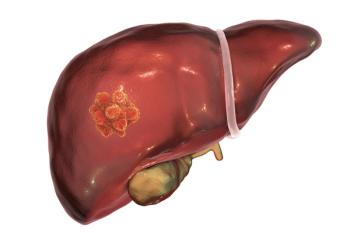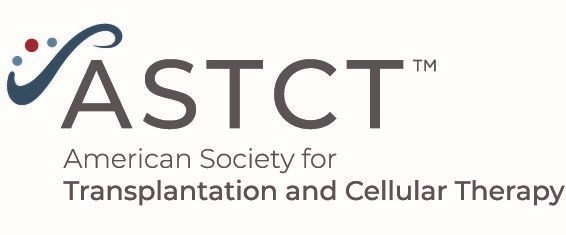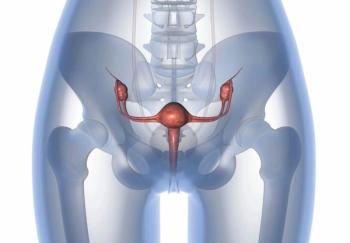
Donor Regulatory T-Cell Therapy to Prevent Graft-Versus-Host Disease

Administering precision-selected donor regulatory T-cell therapy significantly improves GVHD-free, relapse-free survival in patients undergoing allogeneic HCT.
Researchers from Stanford University have demonstrated that administering precision-selected donor regulatory T-cell (Treg) therapy significantly improves graft-versus-host disease-free, relapse-free survival (GRFS) in patients undergoing allogeneic hematopoietic cell transplantation (HCT). In their phase 2 clinical trial involving 44 patients, the Treg-based strategy achieved a one-year GRFS rate of 64%, significantly exceeding the expected 40% (p=0.002) and comparing favorably to 36% in a standard-of-care (SOC) cohort. This approach resulted in notably low incidences of severe graft-versus-host disease (GVHD) and high response rates to initial steroid therapy in patients developing GVHD.
Allogeneic HCT remains the curative option for many hematologic malignancies but is frequently complicated by GVHD, a significant cause of morbidity and mortality. Current GVHD prevention strategies primarily involve broad immunosuppression, which can lead to delayed immune reconstitution and increased complications. Preclinical and early clinical studies suggested that donor-derived Tregs, which naturally suppress immune reactions, could effectively reduce GVHD without compromising graft-versus-tumor responses. The researchers thus developed a highly purified Treg therapy using mobilized peripheral blood stem cells, administering the Treg product immediately post-transplant, followed by a controlled dose of conventional T-cells (Tcon) two to three days later, combined with single-agent GVHD prophylaxis.
The trial demonstrated promising clinical outcomes. Only 7% of participants developed grade III-IV acute GVHD, compared to 22% in the SOC group. Moderate-to-severe chronic GVHD incidence was similarly low at 11%, versus 33% in the SOC cohort. Notably, 91% of patients experiencing grade II-IV acute GVHD responded to first-line steroid therapy, markedly better than the 50% response observed in SOC. Additionally, non-relapse mortality was reduced to 4.5% at one year, versus 13% in the SOC cohort. Overall, these results strongly indicate that precision-engineered donor Treg therapy represents an effective, safer alternative to conventional immunosuppressive methods, significantly enhancing patient outcomes after HCT.
Reference
Meyer EH, Pavlova A, Villar-Prados A, et al. Donor regulatory T cell therapy to prevent graft-versus-host disease. Blood. 2025.
doi.10.1182/blood.2024026446
Newsletter
Stay up to date on recent advances in the multidisciplinary approach to cancer.























































































